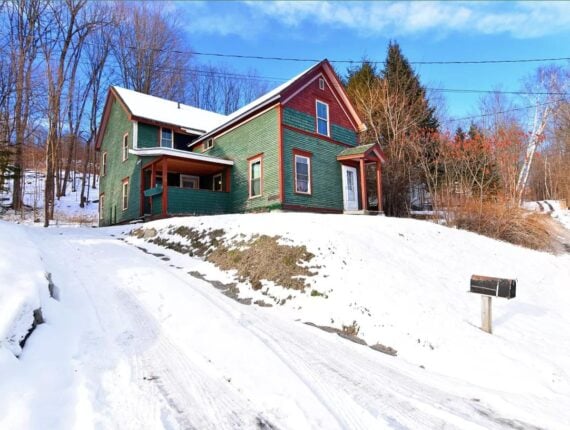Each year, millions of people move to a new community. While immersing yourself in new surroundings may not trump unpacking and setting up a home, there are reasons to make it a priority. Community ties help ease the transition, and getting to know the neighbors (even if not every single neighbor is nice) brings ongoing benefits — in fact, academia has affirmed the power of good neighbors for young and old. Not only can the people around you boost educational achievement as a kid; a Rutgers study says positive relations with neighbors can help people in middle and old age with “purpose in life, personal growth, autonomy, environmental mastery, self-acceptance, and positive relations.” Here are ways to become acclimated.
USE A NEIGHBORHOOD APP

Nextdoor is a free website that helps people stay connected with neighbors and stay informed about their neighborhood. Posts through Nextdoor can seek kids to shovel snow, ask for gardener recommendations, seek tools to borrow, note community fundraisers or events, or warn of crime or other incidents. Some police departments communicate through Nextdoor, too.
VOLUNTEER
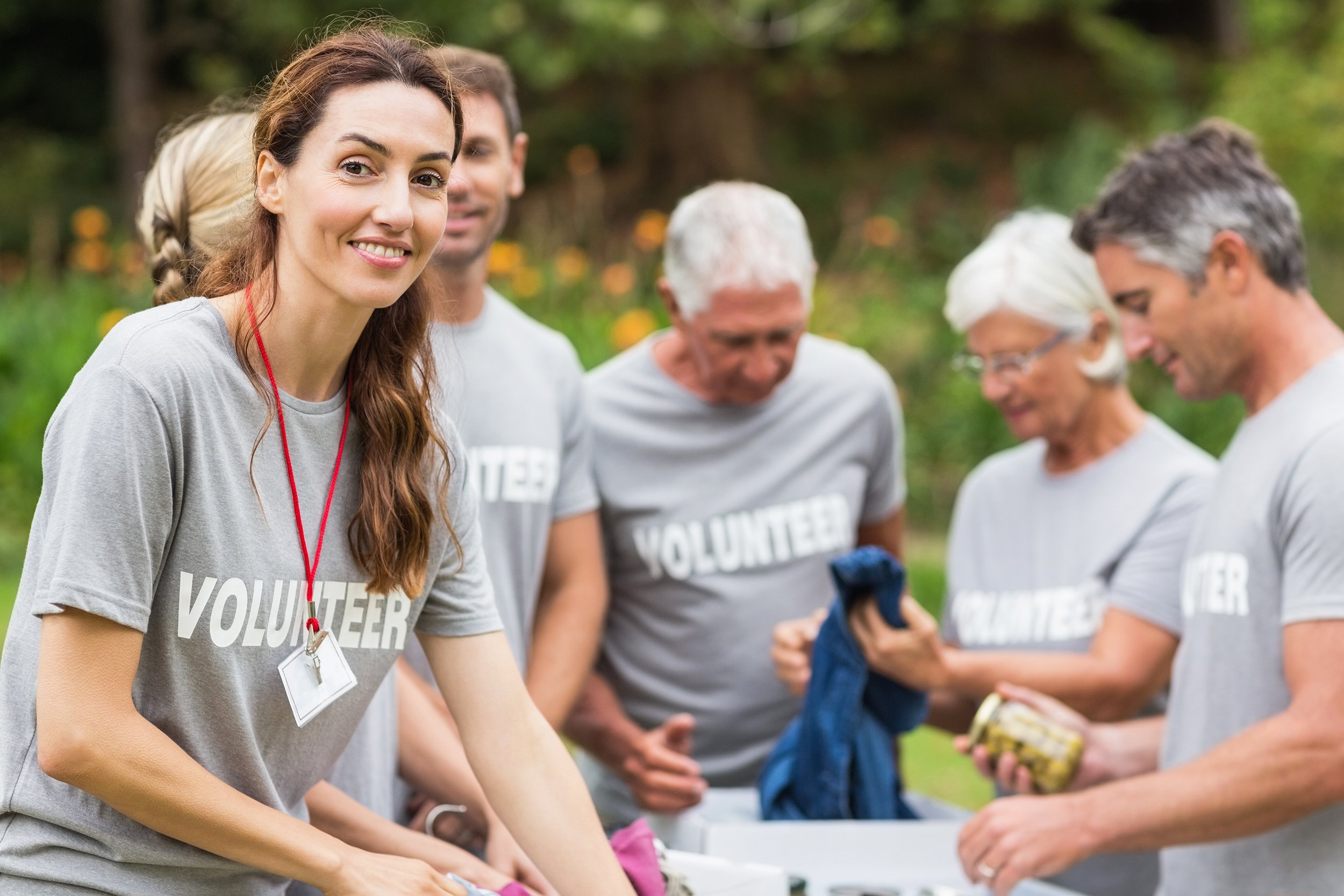
Volunteering is often a no-cost and satisfying way to meet like-minded individuals. For some communities, VolunteerMatch pinpoints local opportunities. Alternatively, ask social media groups about volunteer openings. There is bound to be someone who can point you in the right direction.
JOIN THE LOCAL FACEBOOK GROUP

Like Nextdoor, social media can facilitate community ties. See if the neighborhood maintains a Facebook group — or a few. Local buy/sell/trade groups are excellent venues for making friends and shedding stuff you packed and moved but probably won’t use again. Homeowners associations often host Facebook groups; the school district may run a group for parents.
OFFER A SERVICE
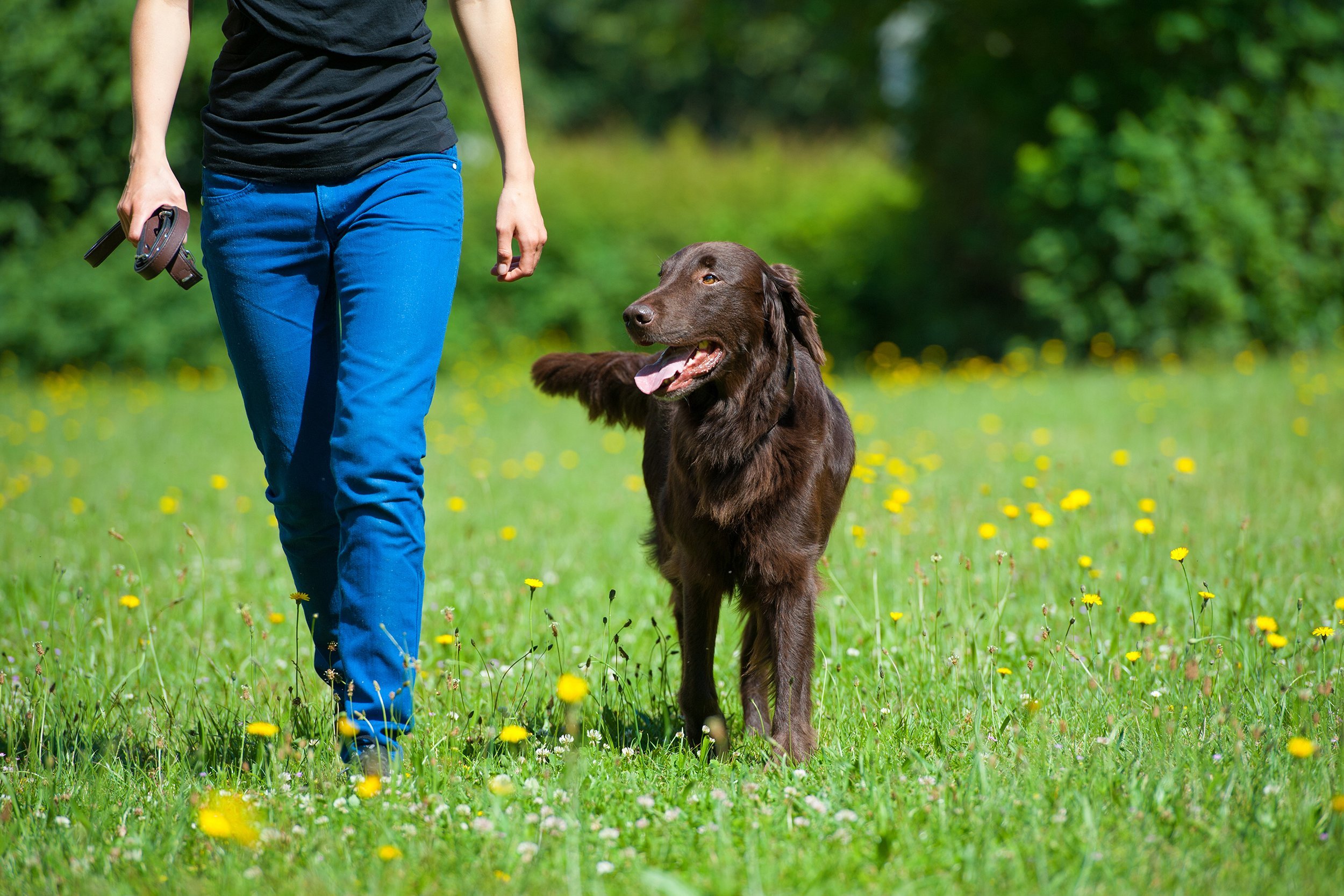
Perhaps you have a hobby that can be used to help others or a side job neighbors might like to know about. Put it out there. If you love animals, for example, offer to walk dogs or pet sit. Again, Nextdoor or other online groups are an easy way to market your expertise.
HELP THE NEIGHBORS
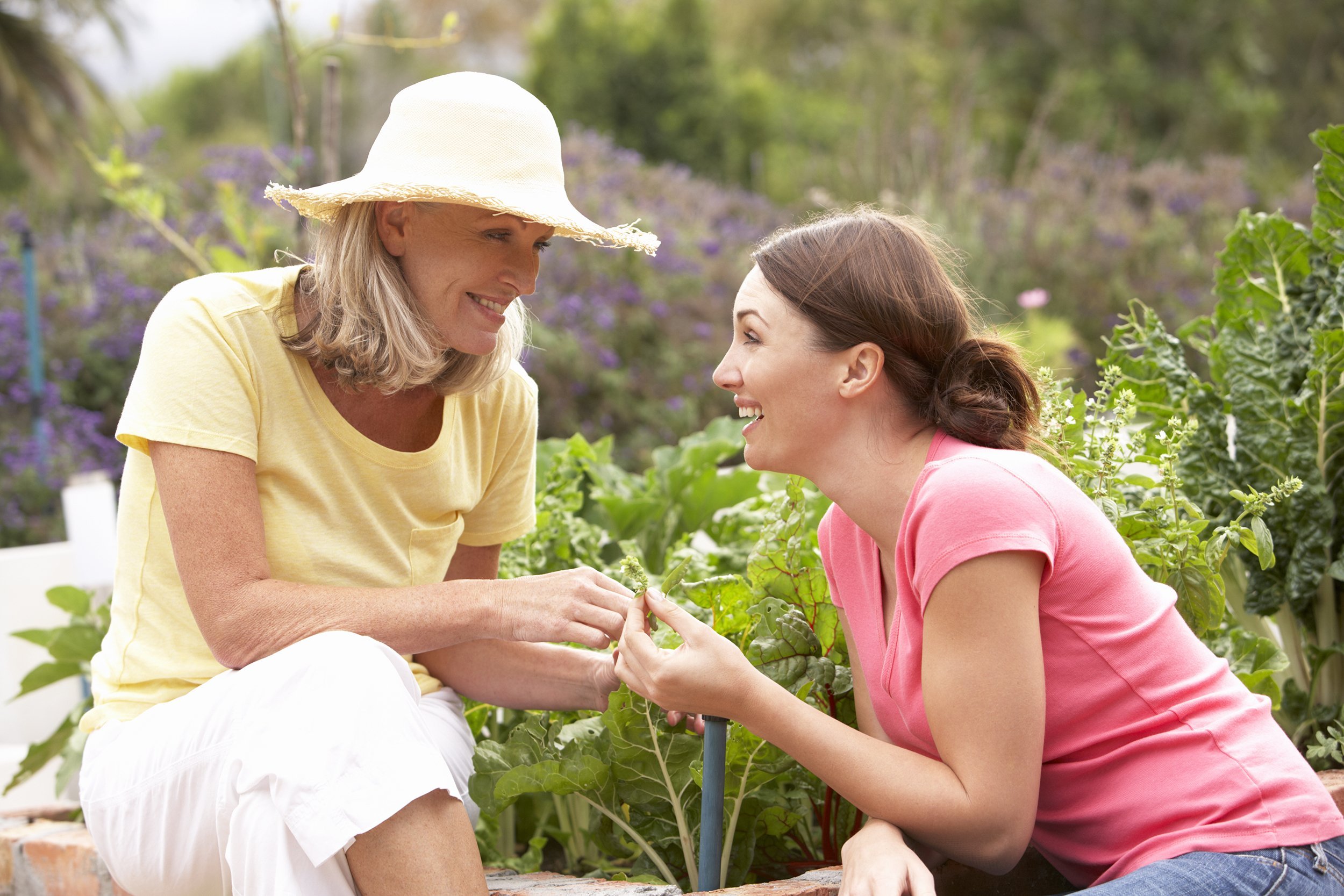
What goes around comes around. In this instance, what you get out of your new community depends on what you put in — and that starts with the people who are closest. Ways to help include mowing an elderly neighbor’s lawn, baking a treat for the new parents down the street, shoveling snow for the busy family next door, or bringing the trash bin out to the street for neighbors who are out of town. These are little things, but they won’t go unnoticed.
Trending on Cheapism
ATTEND A LOCAL MEETING

If you moved into a neighborhood with a homeowners association or something similar, be sure to attend a meeting and get some face time with the leaders. If you have school-age children, attend PTA or PTO meetings and sign up for a committee.
TAKE A CLASS

Like volunteering, taking a class that aligns with your interests facilitates introductions to like-minded people. Check out fitness classes such as yoga or Zumba, or try something creative, such as pottery. Start with the local recreation center, where classes typically are cheaper and sometimes discounted for residents.
EXPLORE

One fun part about moving is finding new things to enjoy. Set aside the unpacking for a day and head out on foot. Walk the neighborhood, hit up a casual restaurant or an interesting coffee shop, browse the stores, and chat with local business owners. Become a regular at that coffee shop and you’ll meet the other regulars, too. Friendly nods will turn into conversations, which can turn into friendships.
Sign up for our newsletter
BE FRIENDLY
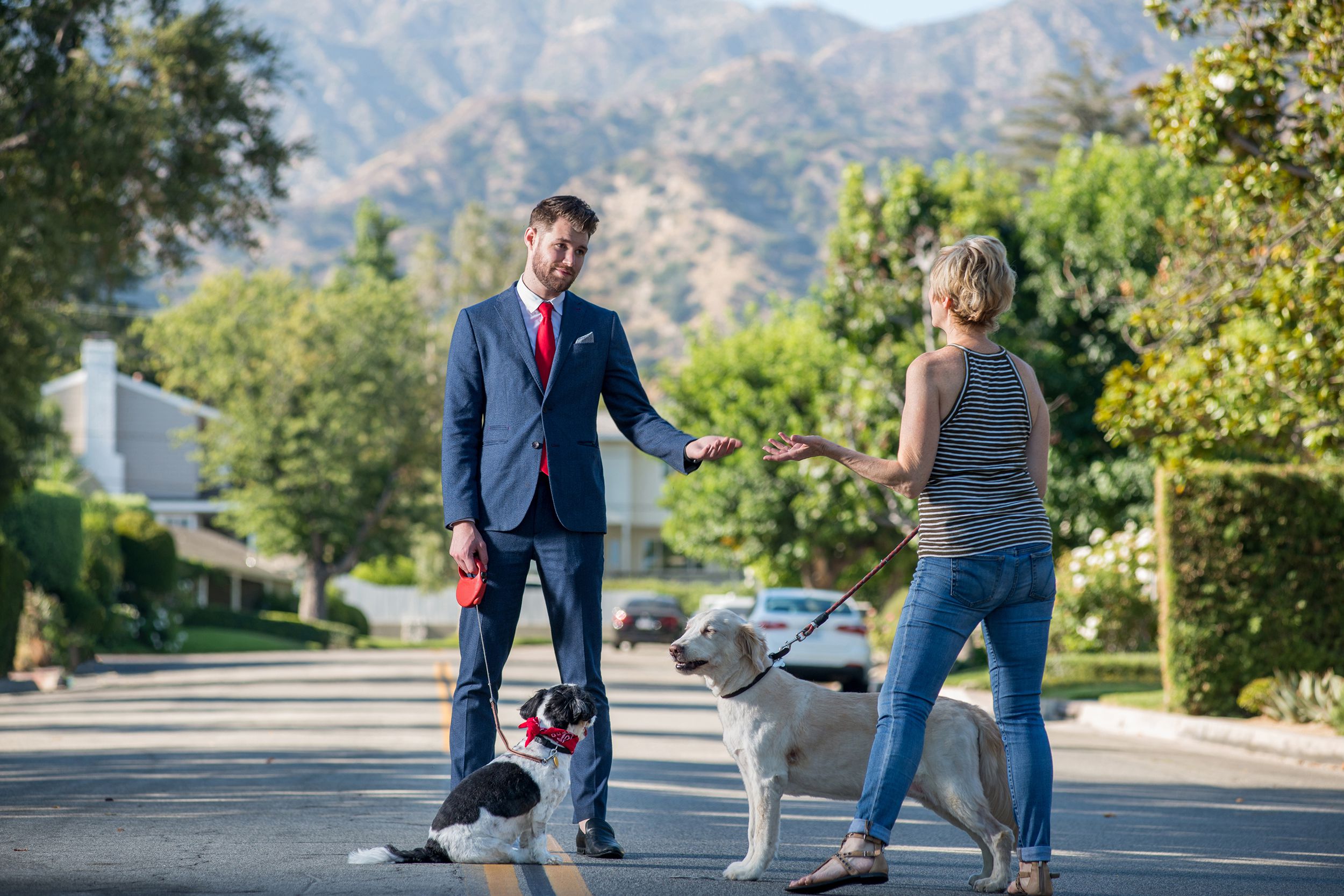
This is so basic that it’s easy to forget: Smile and wave to people passing on the street, or strike up a conversation while in line at the grocery store. Before long you’ll be seeing familiar faces wherever you go and become a familiar face to those around you.
ATTEND COMMUNITY EVENTS

Attending free events hosted by the community — the annual chili cook-off, a movie or concert in the park, a church festival, a local fair, a craft show, or whatever — is an easy and inexpensive way to get out and meet people. Check postings at the local recreation center and online. City and town government websites often post notices about community happenings too.

